Ancient Agora in Athens. Stunning Santorini and Naxos
Greece was an unforgettable experience. We explored awe-inspiring ancient sites, met wonderful locals, and enjoyed the great Greek cuisine. In Athens, we stood in awe at the iconic Acropolis, wandered through the Ancient Agora, and explored world-class museums. Then we took a ferry ride to the stunning island of Santorini, where we were dazzled by its breathtaking beauty. Later, we travelled to the island of Naxos, where we did a challenging hike up Mount Zas, where we were rewarded with panoramic views.
Athens
Athens is one of the world’s oldest cities. It is the birthplace of democracy, the arts, science, and Western philosophy. It was home to renowned thinkers like Plato, Socrates, and Euripides. The city has several ancient landmarks. They include the Acropolis, the Agora, and a great museum. Today, Athens is a vibrant metropolis. It blends its rich history with a modern atmosphere.
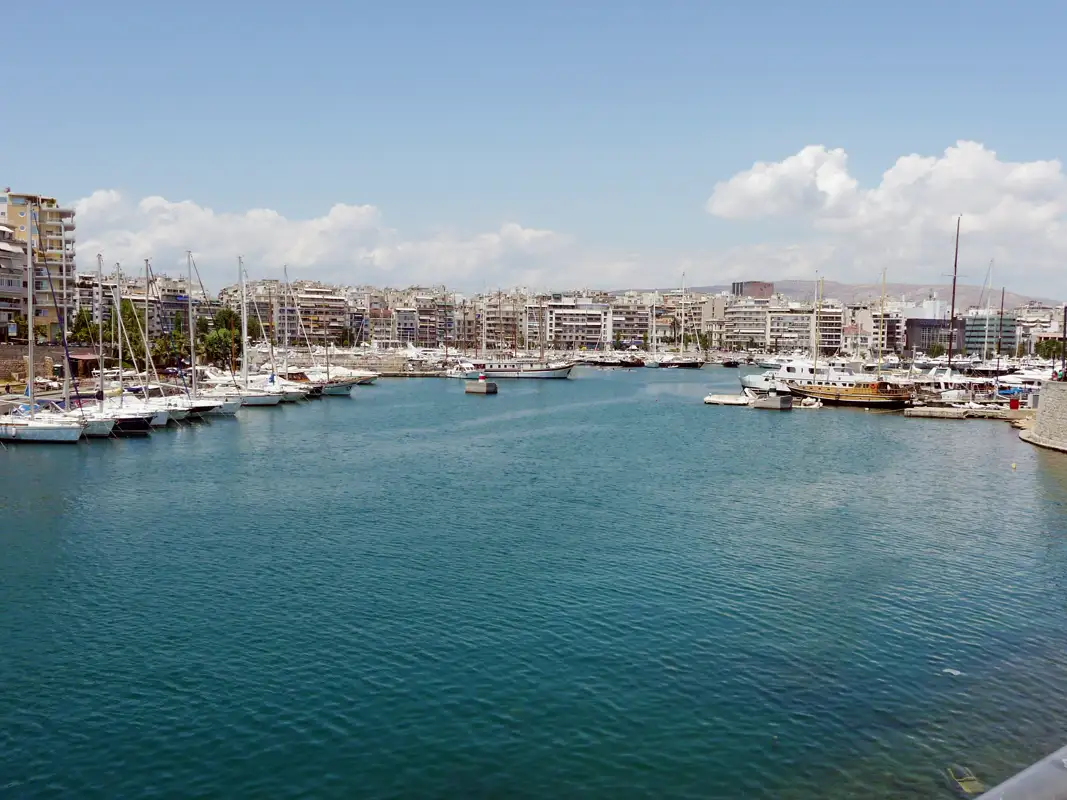
We stayed at a charming hotel in Piraeus, Athens Port. Thanks to the efficient modern metro, the city centre was just a short ride away, yet the area offered a much quieter, more relaxed atmosphere. In the evenings, we enjoyed leisurely walks along the harbour and dined at cozy local tavernas. The people were incredibly friendly and eager to help.
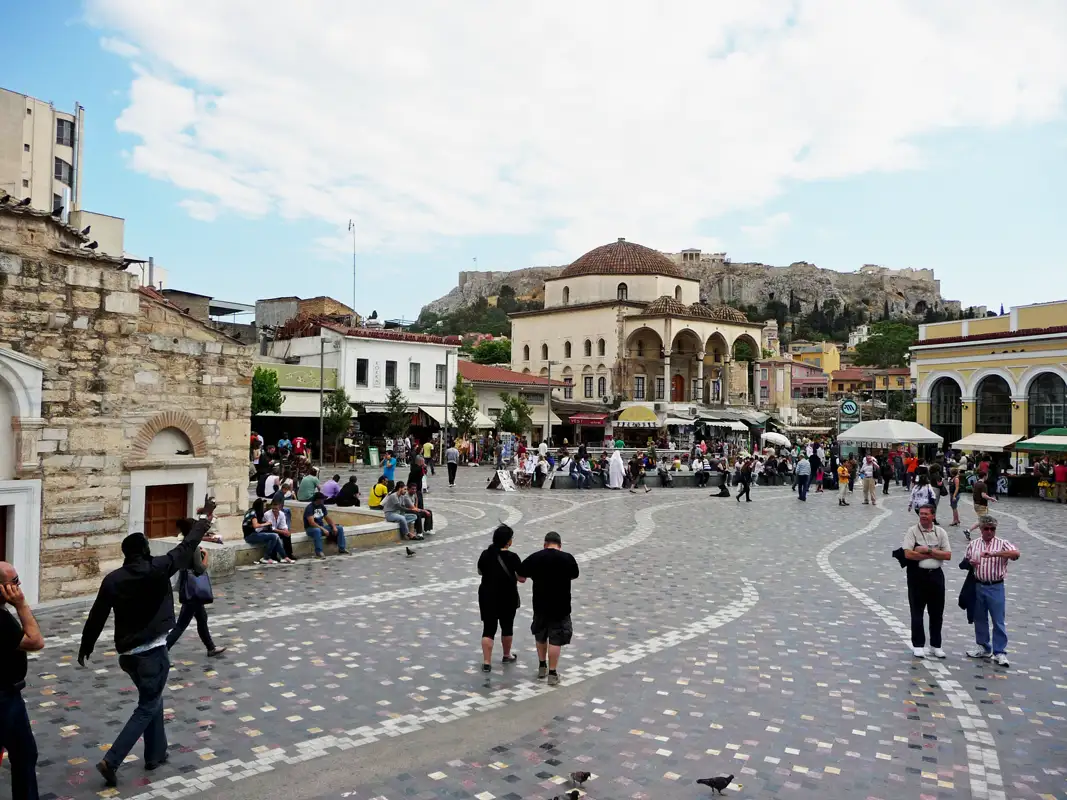
When we travelled to Athens, we left the Metro at Monastiraki Square, in the heart of the old city. Known for its bustling flea market and vibrant atmosphere. It’s also close to the Ancient Agora and the Stoa of Attalos, making it a perfect starting point for exploring the city’s rich history.
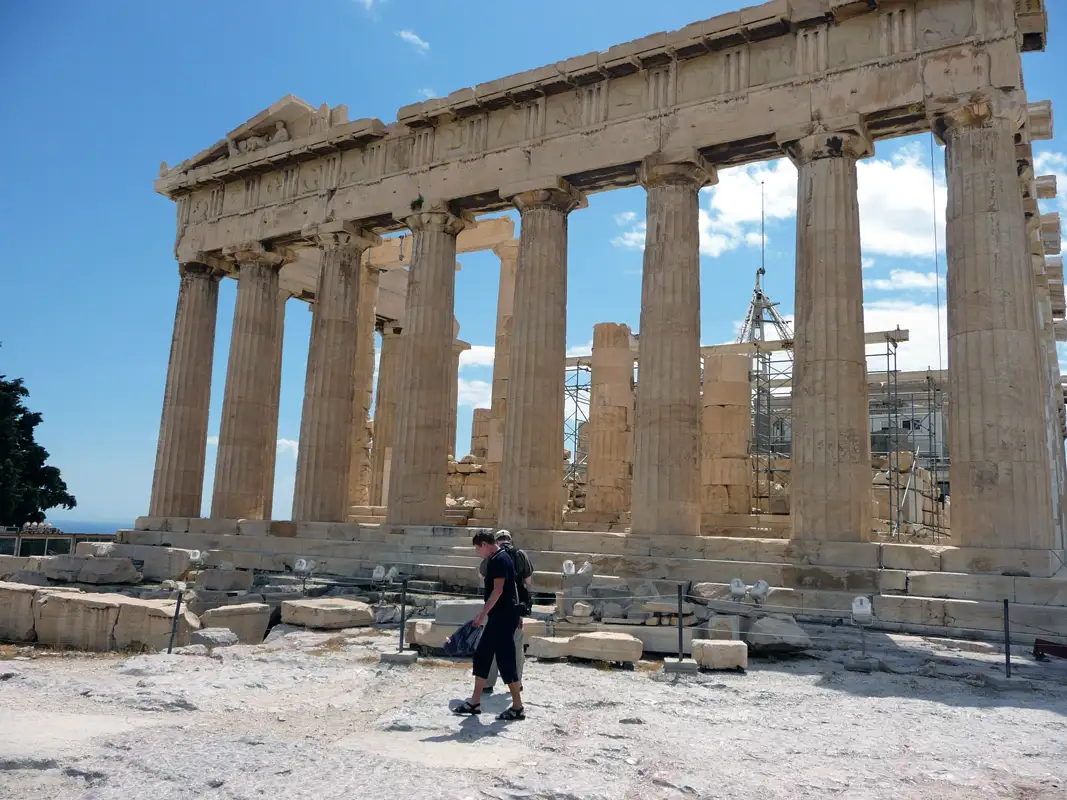
Climbing Athens’ Acropolis Hill was our first destination. It is an important site for Greek democracy, culture, and civilization. However, when we reached the Parthenon, dedicated to the Greek goddess Athena, we found it undergoing extensive renovations.

While we wandered around, we explored the impressive Odeon of Herodes Atticus and enjoyed the view of the stunning Erechtheion. Later, we took beautiful shots of the city below.
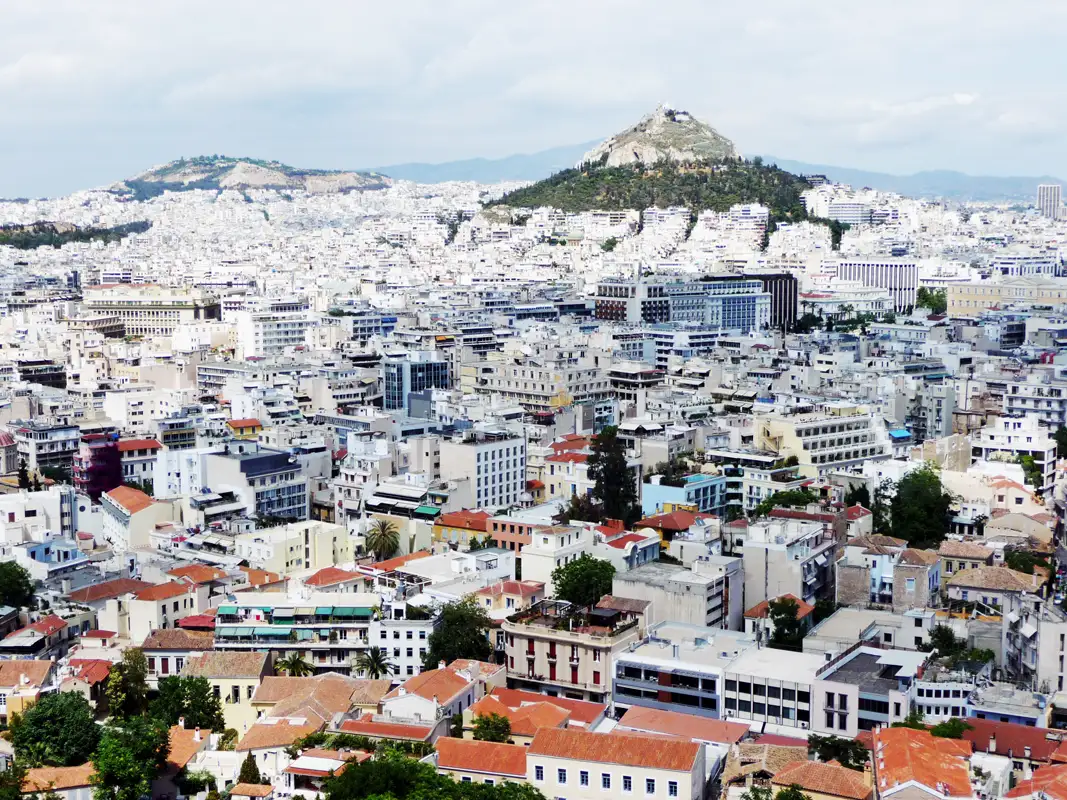
From the Acropolis, we had a panoramic view of Athens and Lycabettus Hill, which is the highest point in the city.
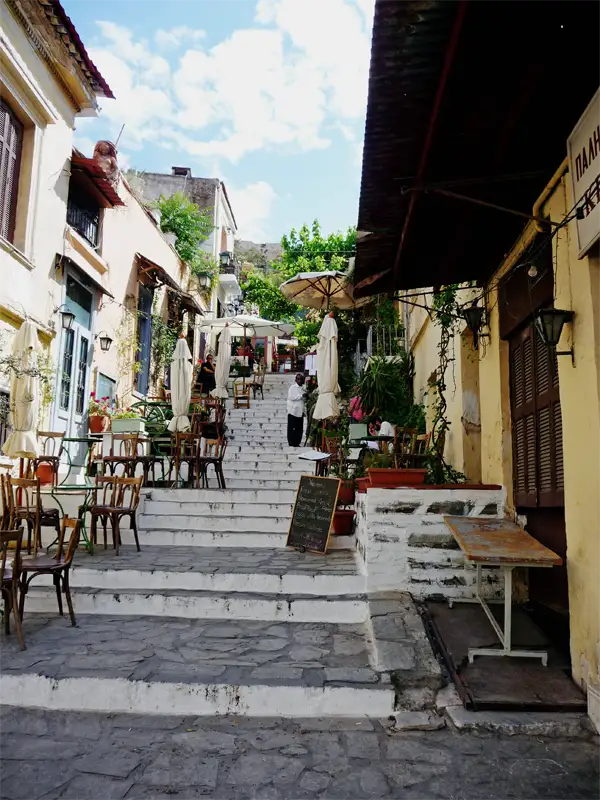
From the Acropolis, we walked down to Plaka. A site that blends ancient history and modern Greek culture. This area is known for its vibrant atmosphere, featuring traditional tavernas, shops, and cafes. Walking around the city on foot is far harder than hiking. We refuelled with lunch in one of the fantastic taverns.
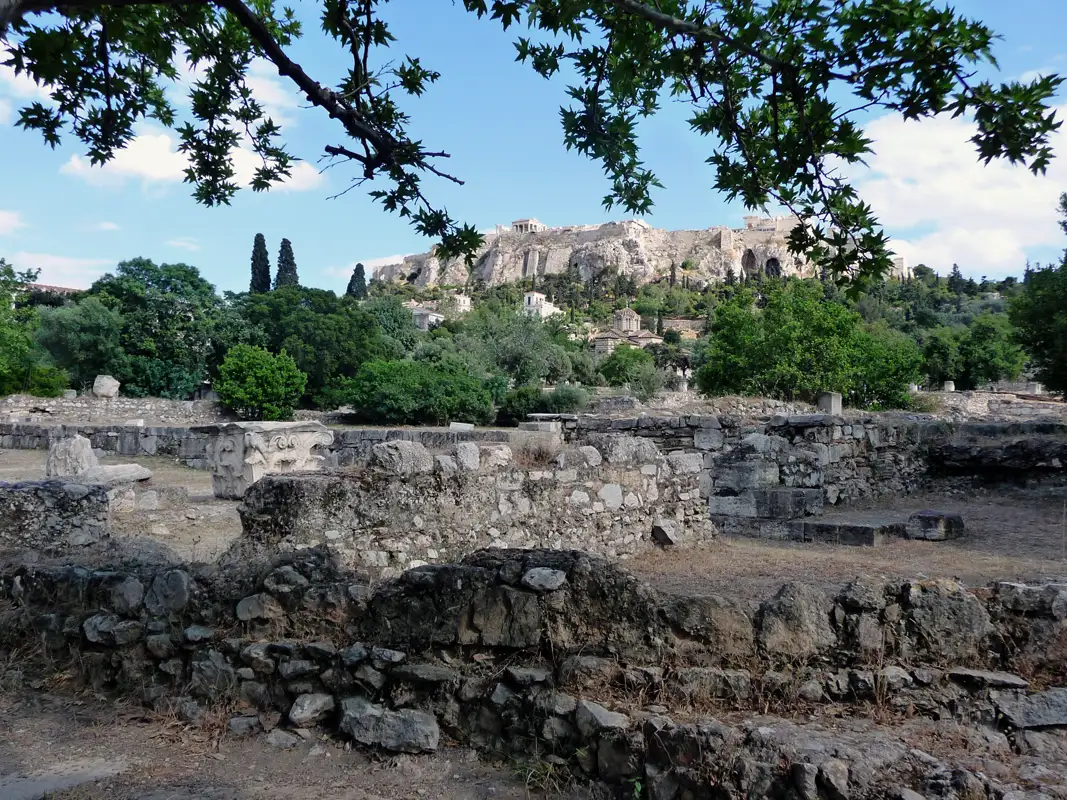
We visited the Ancient Agora, which was a central hub of public life, serving as a gathering place for assemblies, markets, and social events. It was here that great philosophers like Socrates, Plato, and others gathered to engage in deep discussions on ethics, politics, and the nature of the universe.

After visiting the Ancient Agora, we went to the National Archaeological Museum. It has some of the most remarkable treasures of ancient Greece. Among its highlights is the Jockey of Artemision, a striking bronze statue dating back to around 140 BC.
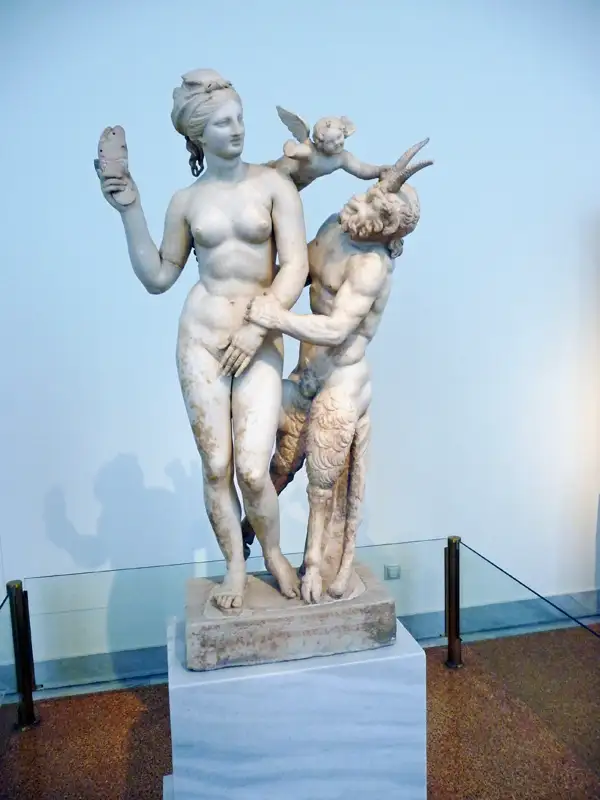
The ancient Greeks were creating romantic sculptures long before 100 BC. This stunning marble statue portrays Aphrodite, Pan, and Eros.
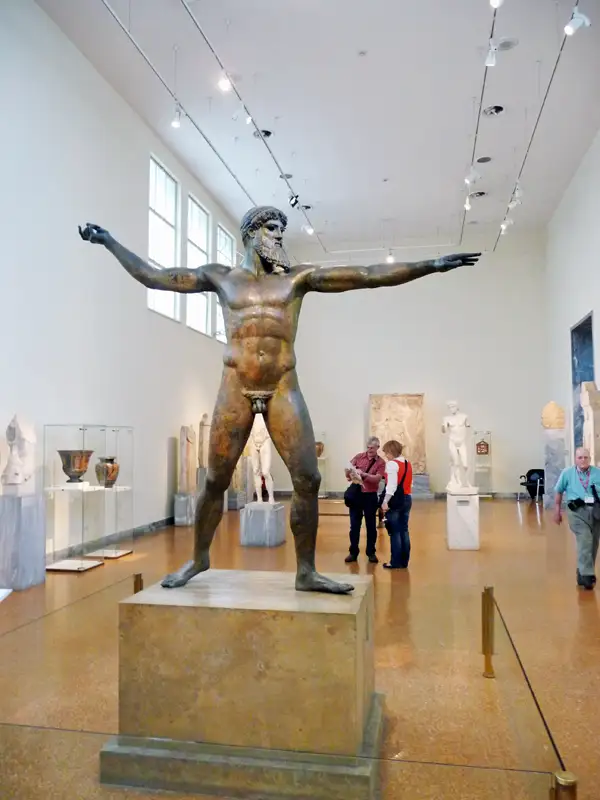
This life-size bronze statue, dating back to around 460 BC, remains a subject of debate among experts. It’s unclear whether the figure represents Poseidon or Zeus.
Santorini
Santorini is famous for its breathtaking scenery. It includes dramatic cliffs and beaches with black, red, and white sand. The iconic white-washed buildings with blue domes are perched on these cliffs, overlooking the caldera, a large volcanic crater in the Aegean Sea.
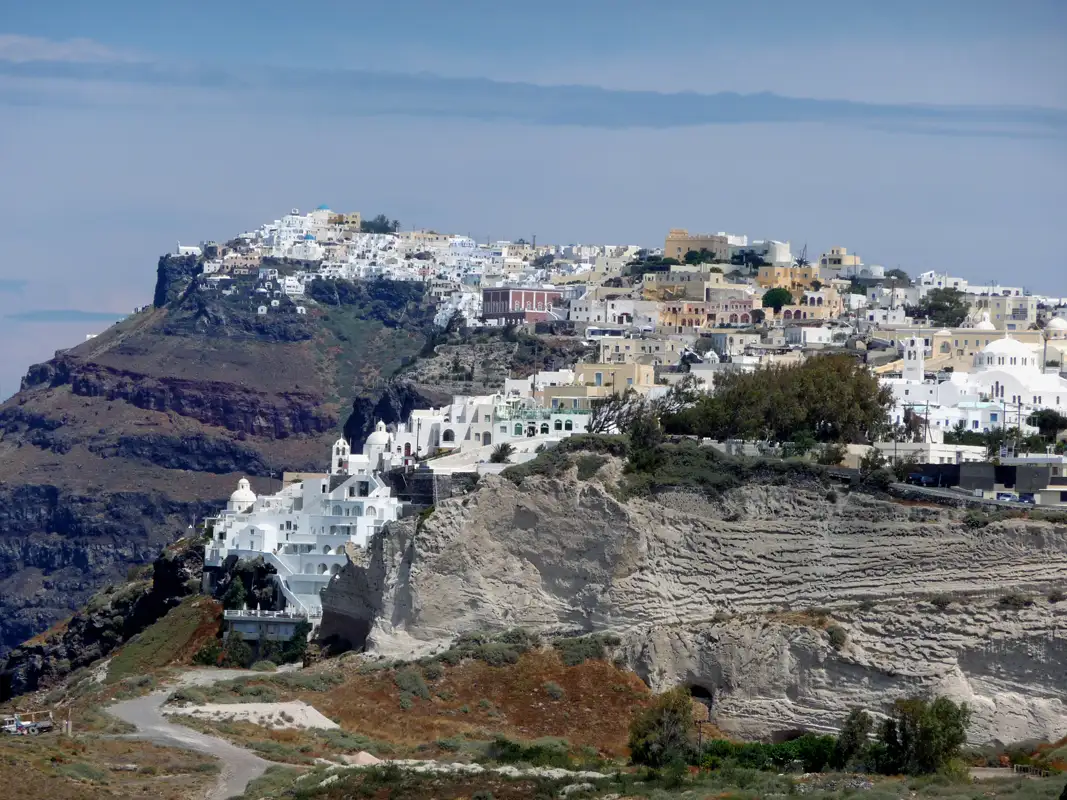
Unfortunately, our ferry from Piraeus to Santorini was cancelled twice due to a strike. After some delay, we finally made it. The journey took six hours, but the stunning island of Santorini was well worth the wait. Once there, we rented a car to get around the island, but driving the narrow, winding streets proved to be a challenge. The roads, built for donkey carts rather than cars, made driving a bit of a nightmare.
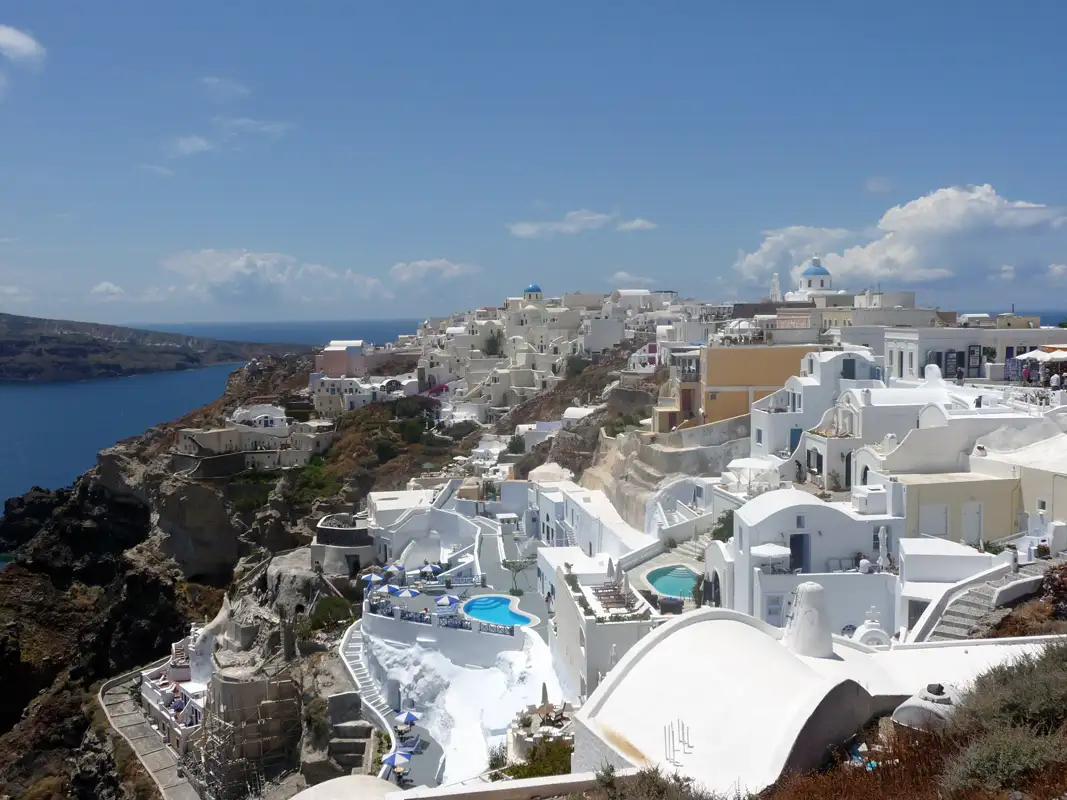
We walked through the towns of Fira and Oia which are perched 260 meters above the underwater caldera, with stunning views of the Aegean Sea. While we walked through the maze-like lanes, we had breathtaking views at every turn. Oia, in particular, is renowned as one of the best spots to watch an unforgettable sunset.
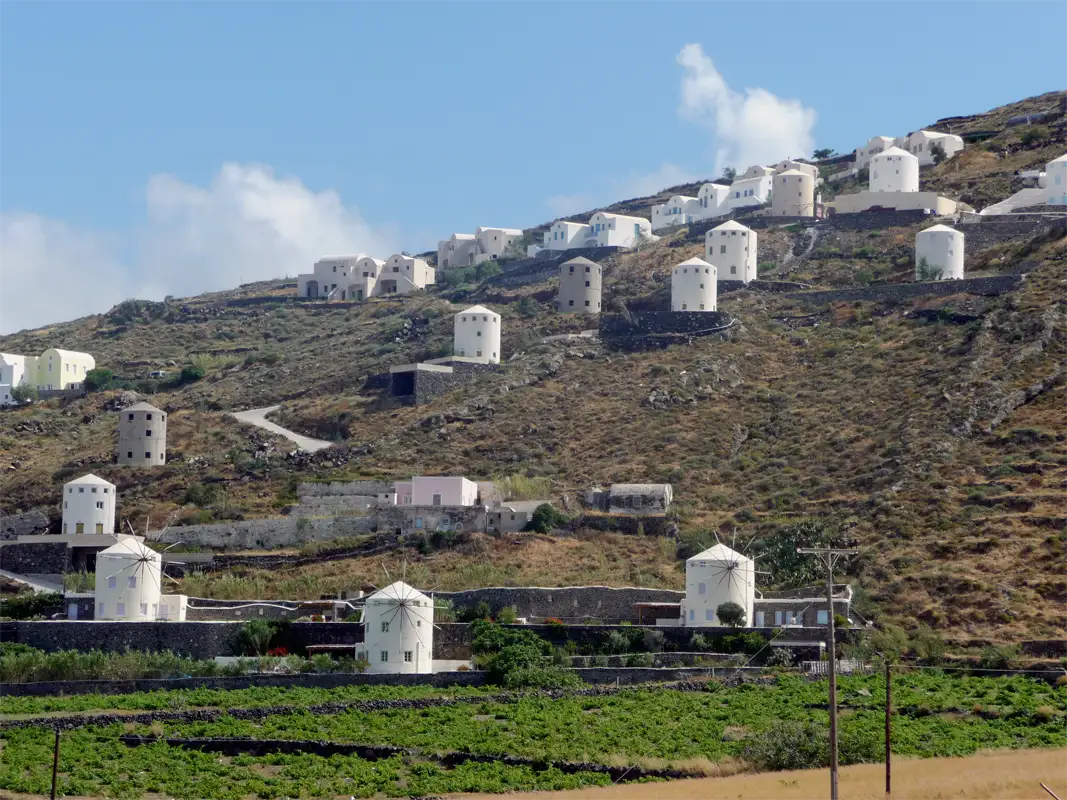
In Santorini, we drove through the countryside where many windmills once milled wheat. These historic buildings have since been converted into charming B&B, restaurants, and wedding venues.
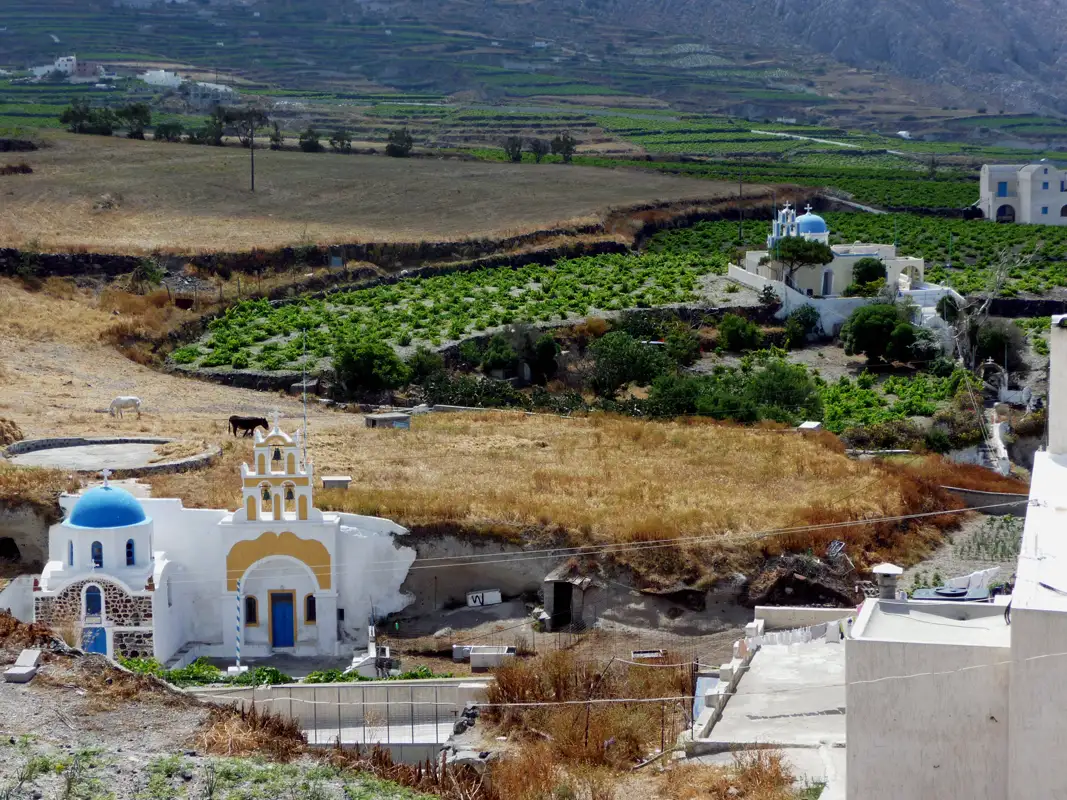
The towns of Santorini are stunning but don’t miss the beautiful surroundings. These areas produce sweet, golden wine and other crops.
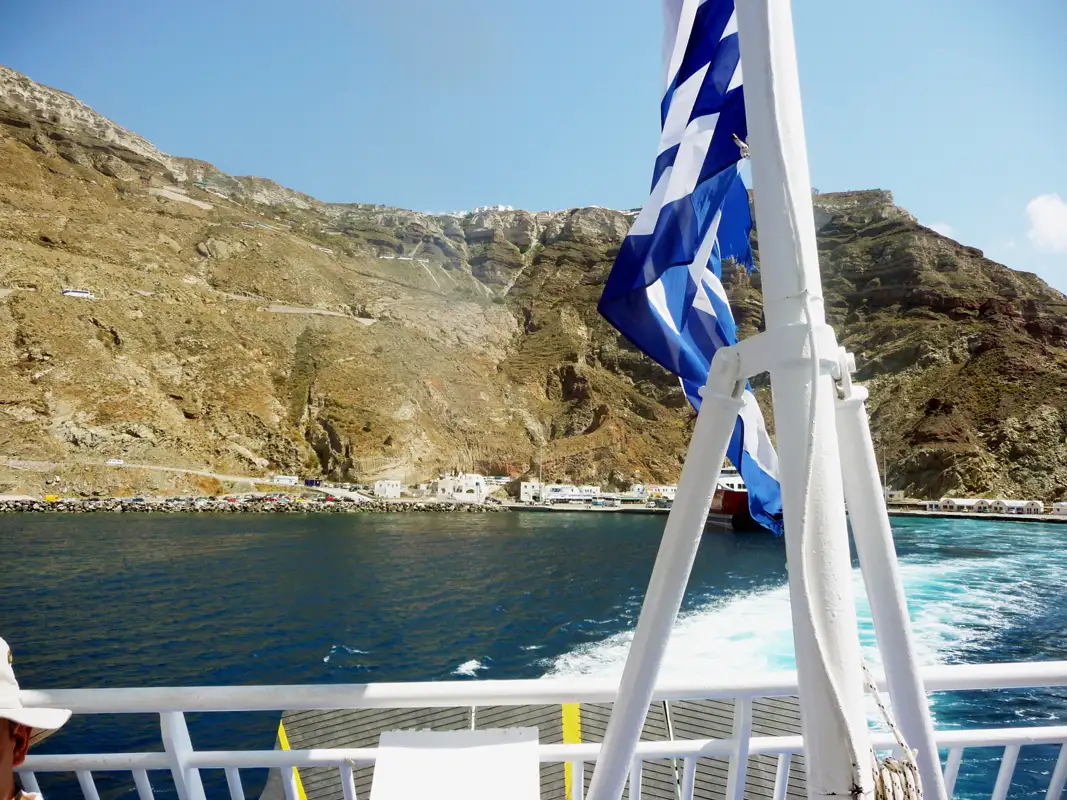
Goodbye, Santorini. We truly enjoyed our time on this beautiful island. Now, we’re on our way to the island of Naxos, eager for the next adventure.
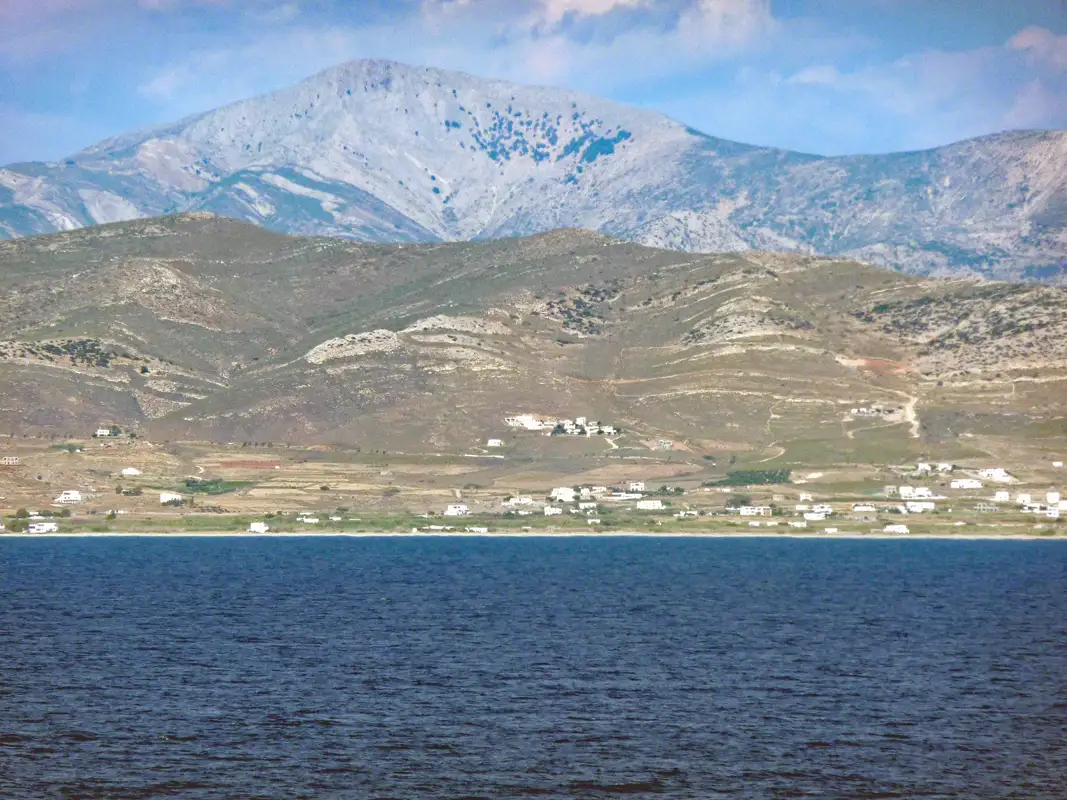
As the ferry approaches Naxos, the largest of the Cyclades islands, we catch our first glimpse of Mount Zas, where Zeus is said to have been born and raised. We’re already excited about climbing to its summit, which stands 1,003 meters above sea level.
Naxos
Naxos is a gem in the Aegean Sea. It boasts fertile landscapes that include mountain villages, ancient ruins, and extensive stretches of beautiful beaches. Naxos is also renowned for its white marble and Mount Zeus.
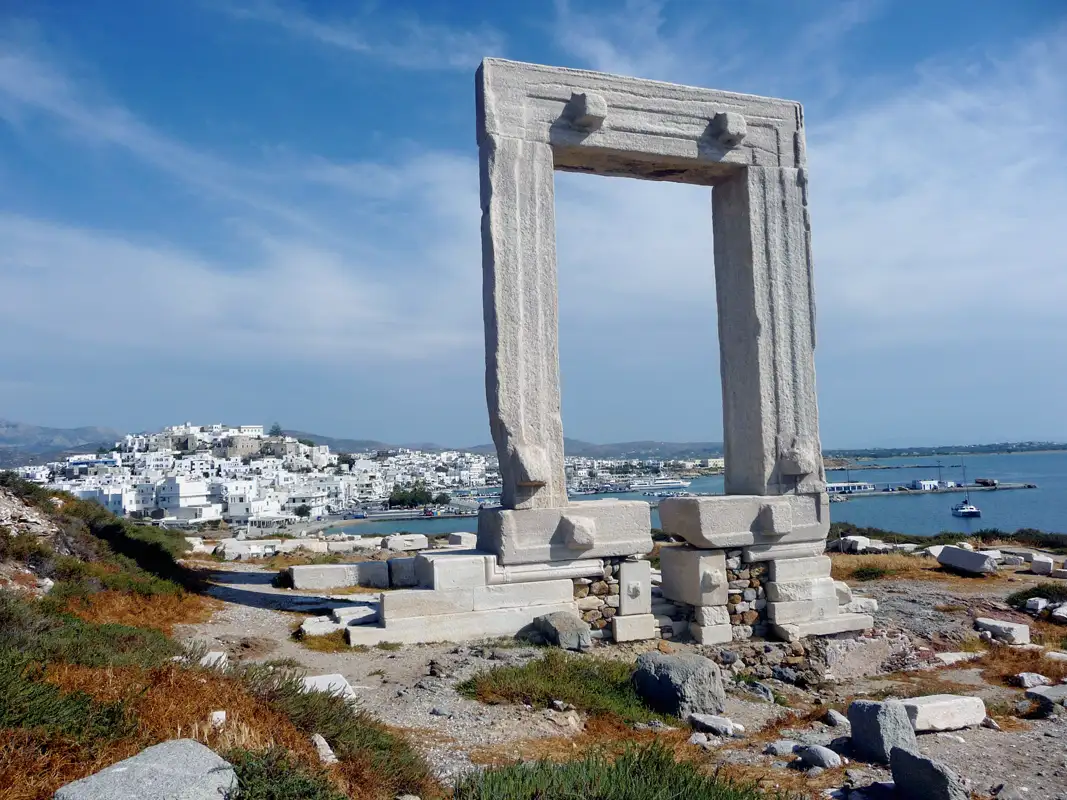
Chora, the capital of Naxos, is a nice town with a population of around 2,000 people. It is the island’s main port. As the ferry approached Chora, we were greeted by the striking sight of Portara. This grand “big door,” built around 500 BC, is part of an unfinished temple dedicated to Apollo. In the evening we walked to Portara, the best spot to watch an unforgettable sunset.
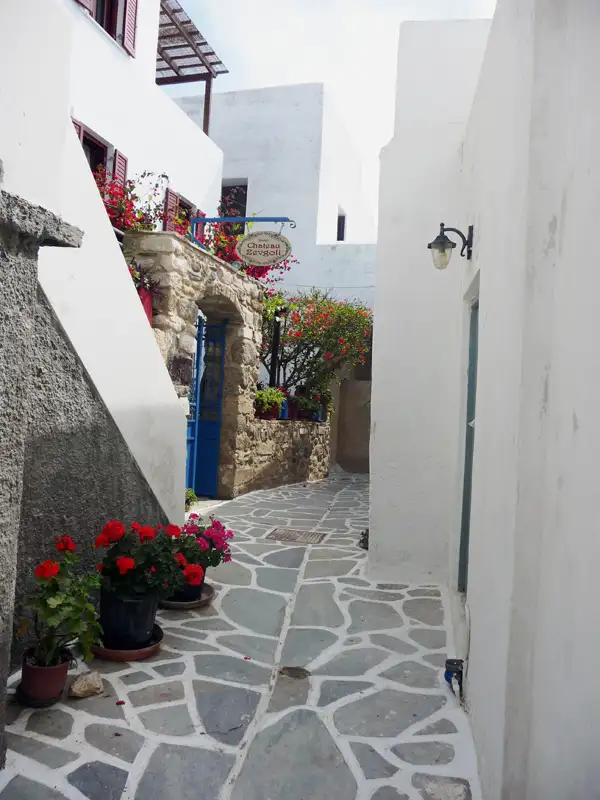
We thoroughly enjoyed wandering through the labyrinthine alleys of Chora, a place with charm and beauty. The streets are lined with picturesque buildings that reflect a strong Venetian influence in their architecture. Then we made our way up the hill to the Kastro, the impressive 13th-century Venetian castle.
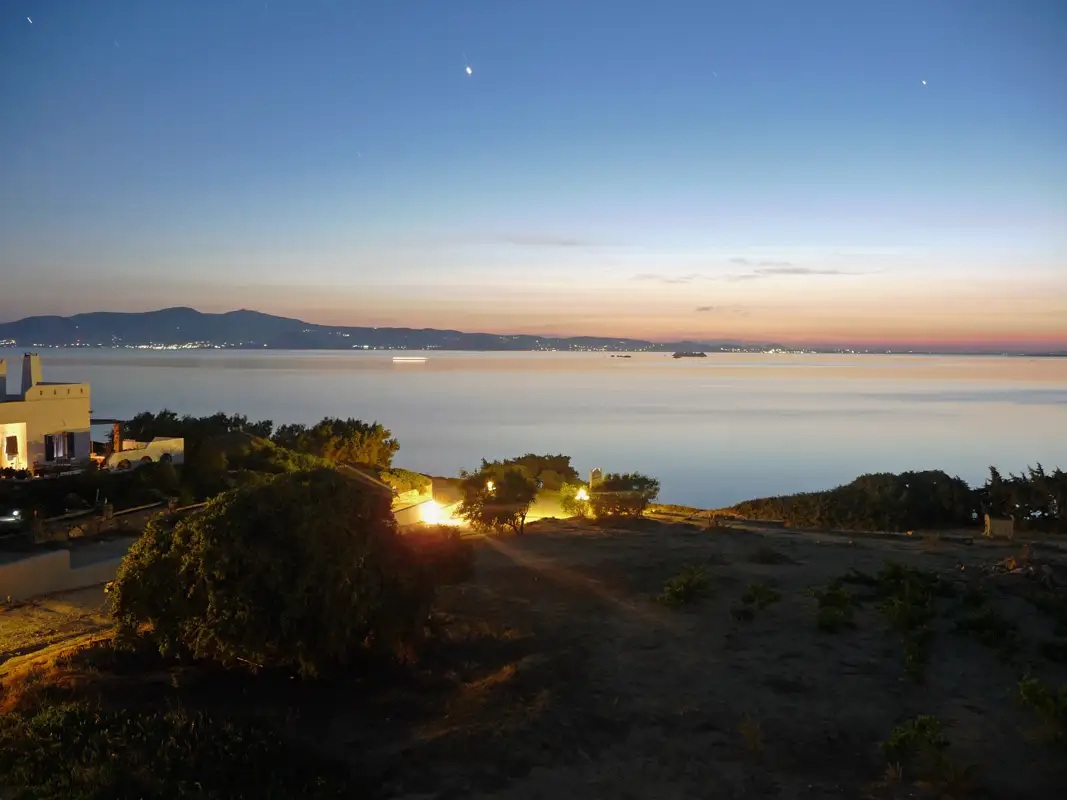
During our stay on the island of Naxos, we rented a nice apartment in Mikri Vigla, just a minute’s walk from the beach. As it was the off-season, most places were closed, including the tavernas. Despite this, we had a good time, especially when the owner’s mother cooked her delicious homemade meatballs for us.

Later, we went to the impressive Temple of Demeter. Built between 530 and 520 BC, this magnificent structure is built entirely from the finest Naxos marble. Dedicated to Demeter, the goddess of harvest, grain, and fertility, the temple is a testament to her influence. It’s easy to see why this area is undeniably lush and fertile, a true reflection of her care.
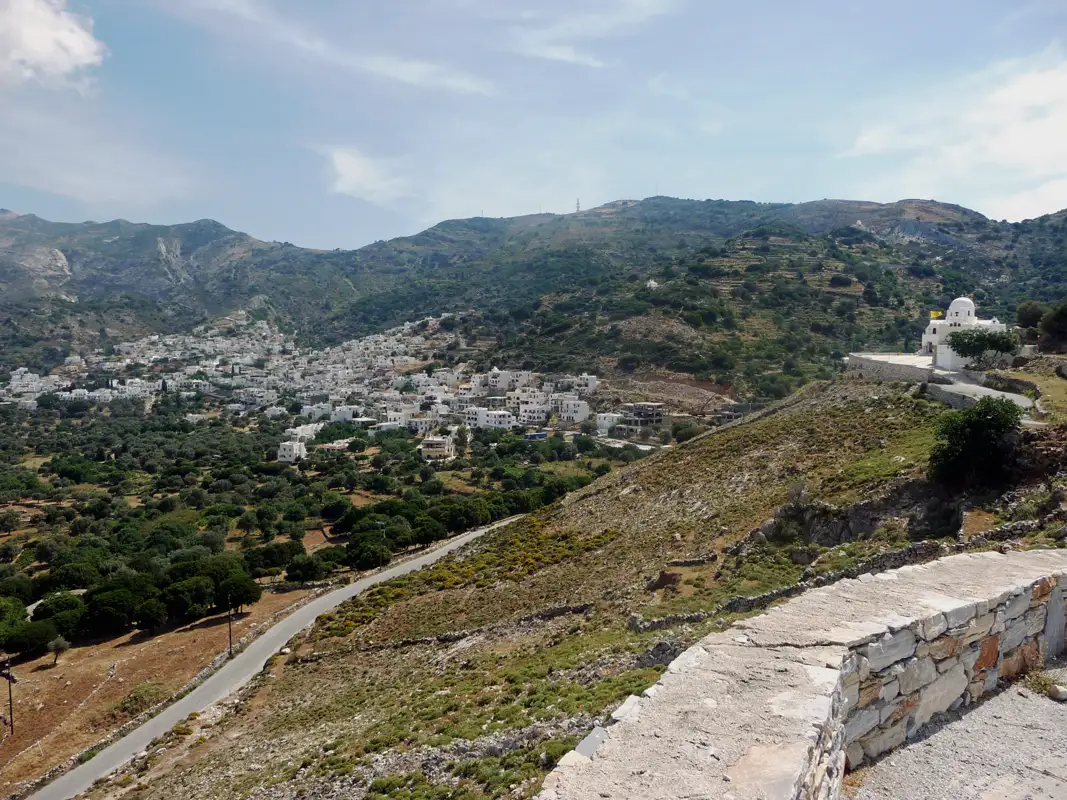
We began our hike to Mount Zas from Filoti, the largest village on Naxos. The 7.6-km loop trail is known for being a challenging route.
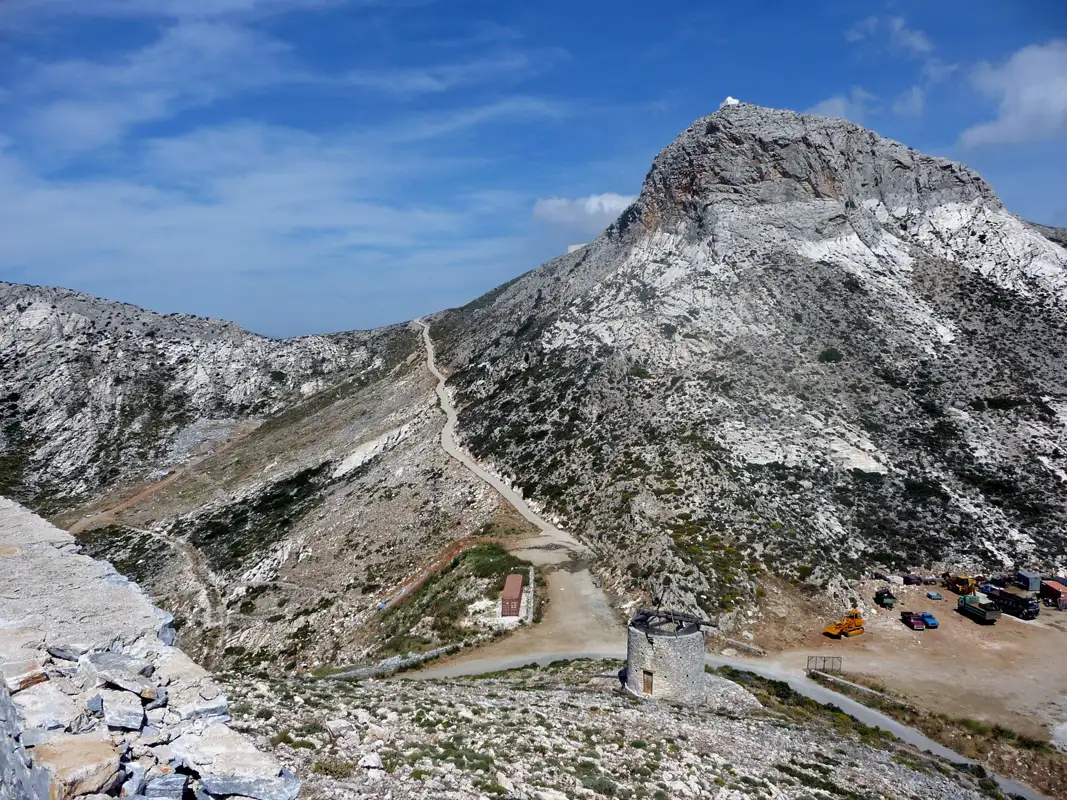
The hike to Mount Zas is both strenuous and steep, with a round trip that takes around 4 to 5 hours and an elevation gain of 650 meters. The weather was particularly hot, adding to the challenge of the ascent.
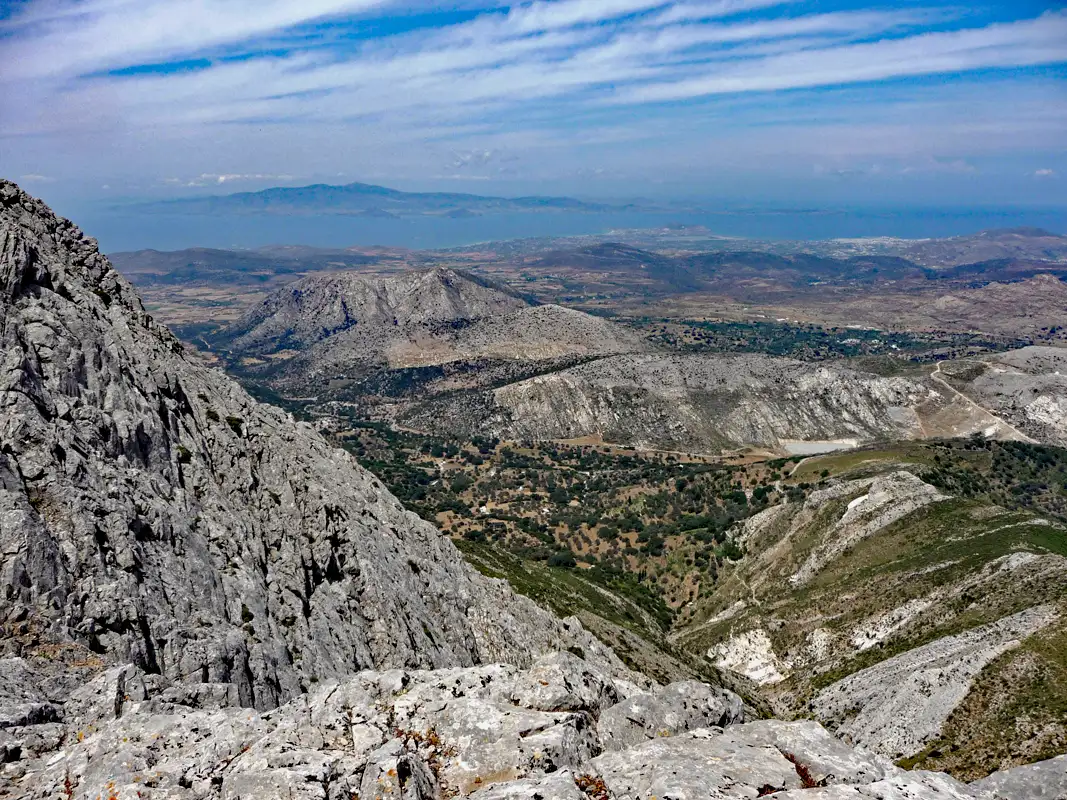
From the summit, we could see the starting point of our hike below, and we felt a great sense of pride in what we had accomplished
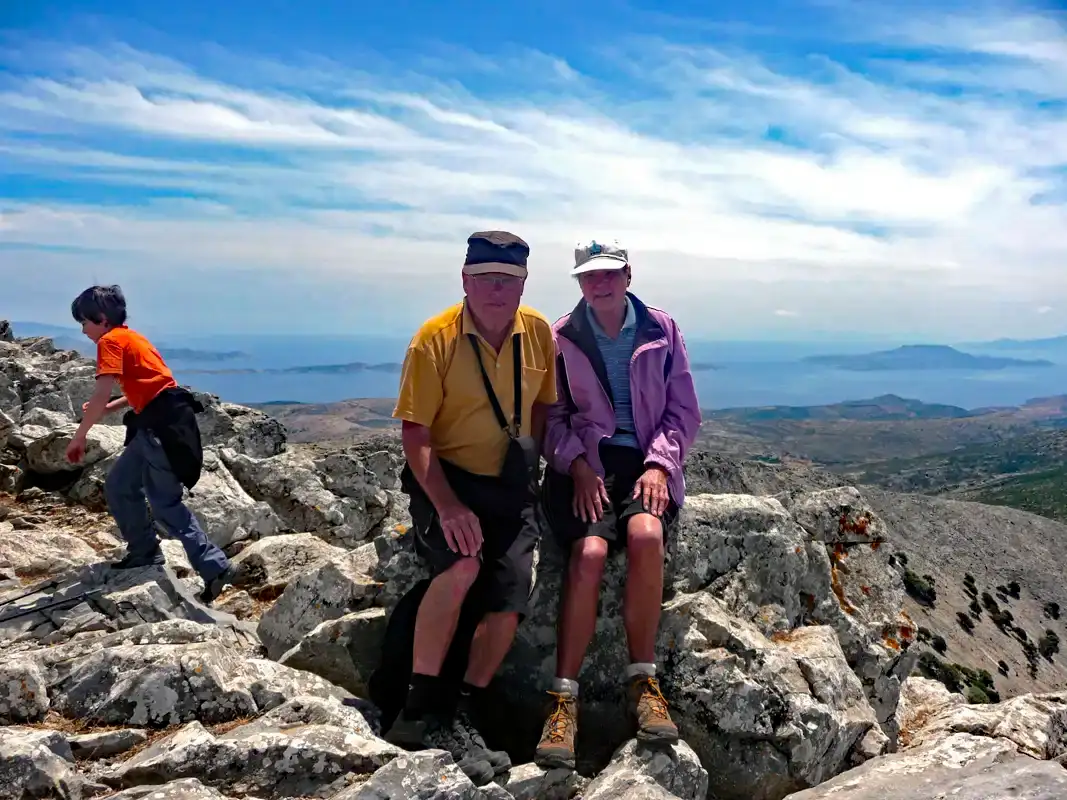
After three hours of steady ascent, we finally made it to the top at 1,003 meters. It was a challenging hike, but the experience was fantastic.
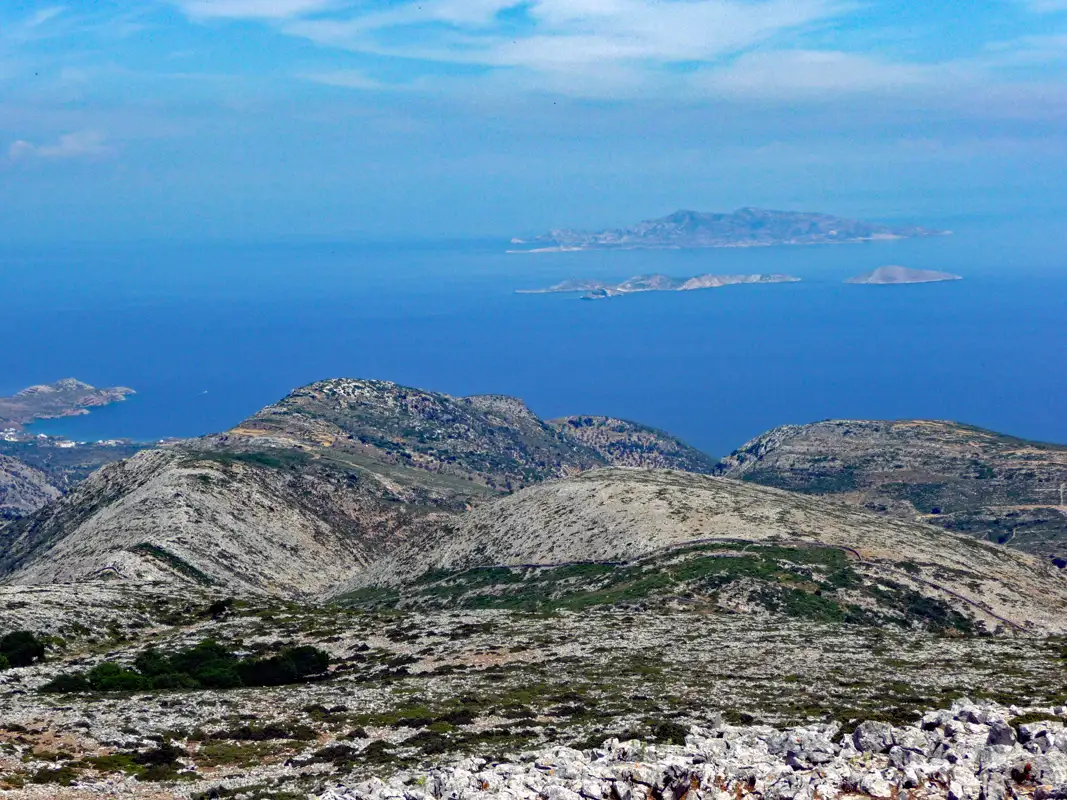
From the summit of Mount Zas, we were treated to breathtaking views of the Aegean Sea and its neighbouring islands
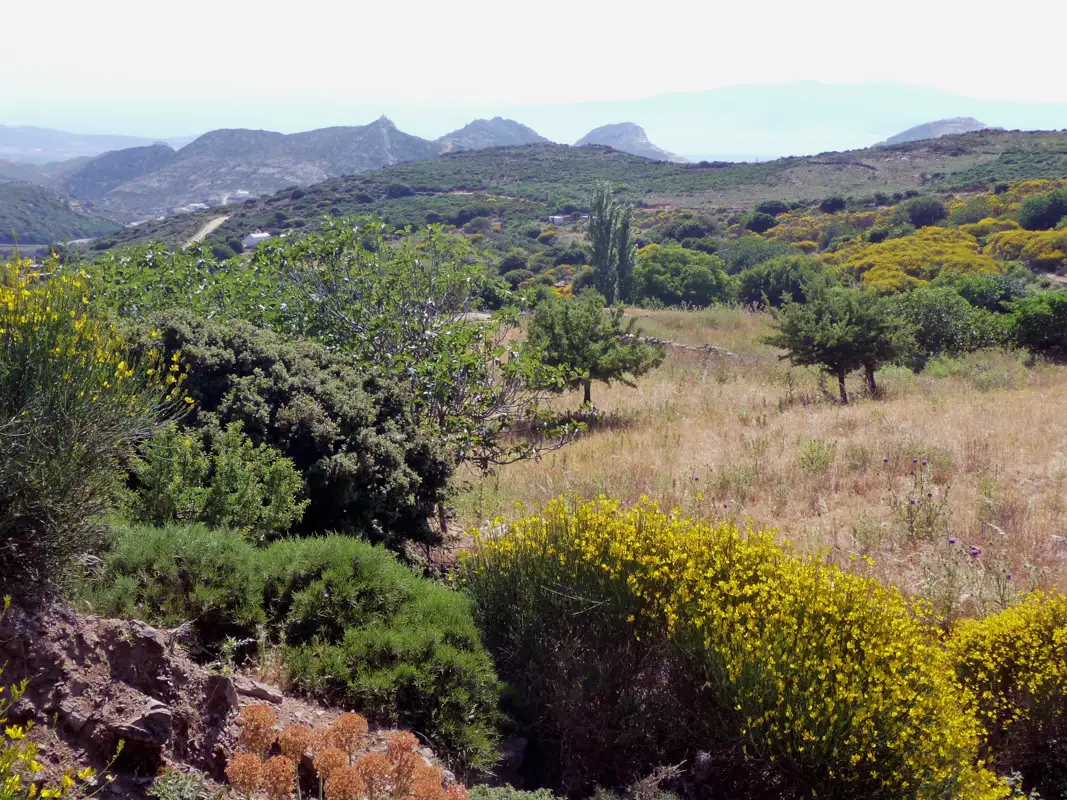
In contrast to the arid Cycladic islands, Naxos stands out for its lush greenery and fertile landscape. The island is abundant in water, making it ideal for cultivating a wide variety of crops.
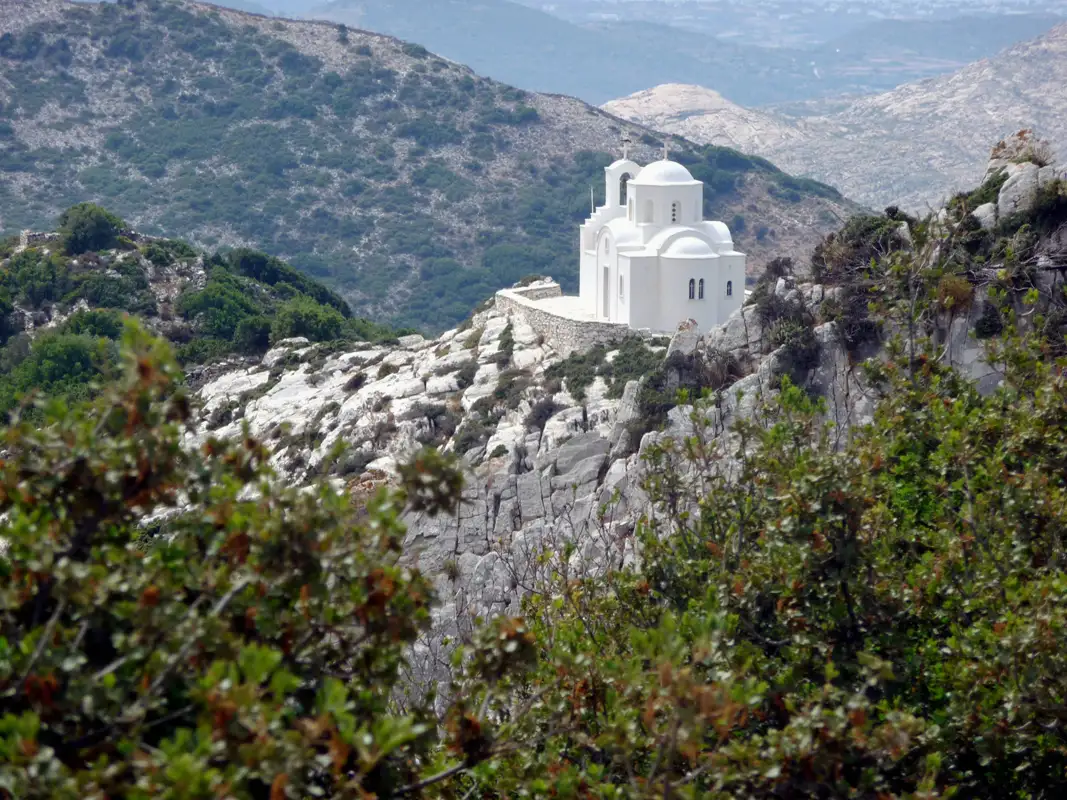
As we drove around Naxos, we saw many stunning churches perched on top of hills. With no roads leading to them, we couldn’t help but wonder: how do worshippers reach these remote places?

We drove to Apiranthos, which is just 28 kilometres from Naxos. It is nestled at an altitude of around 600 meters above sea level and is known for its marble houses. Often regarded as the most charming village on the island, we fell in love with its Venetian-style architecture, narrow stone alleys with arches, and charming taverns.
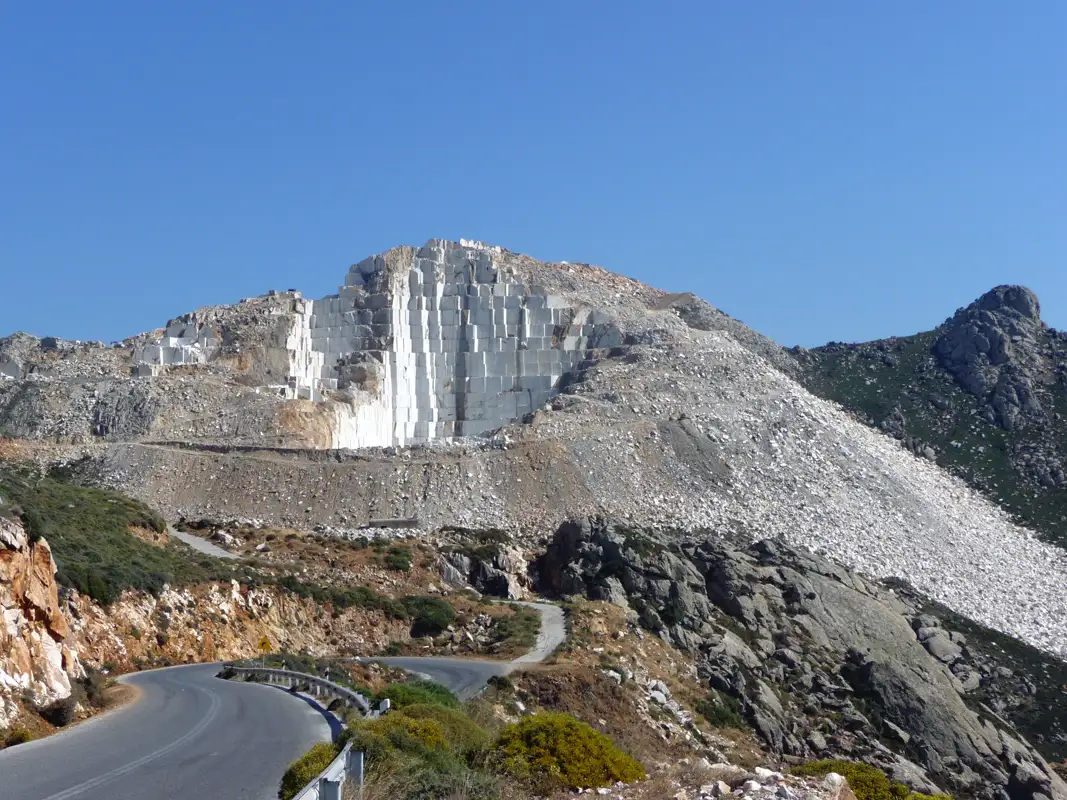
Finally, on our tour through the rural part, we visited the marble quarry. The famous Mount Zas marble production began in 550 BC and was used to build the ancient Olympia and Acropolis.
More from Europe: Germany
More from Europe: Istanbul